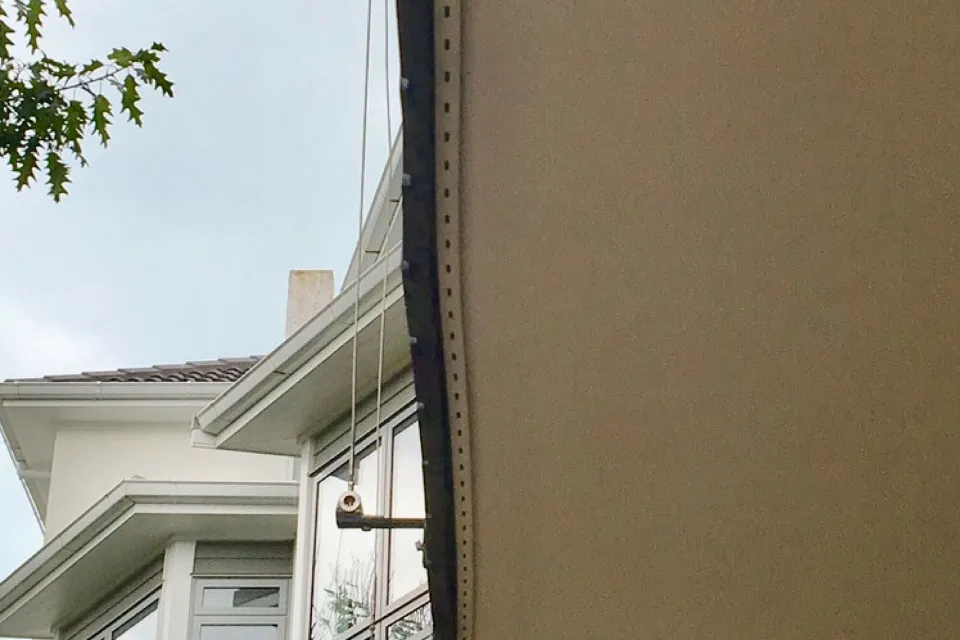-
About
-
Products
- By Timber Product
- Cladding
- Decking
- Joinery
- Screening
- Panelling
- View all
- By Application
- Exterior Cladding / Siding
- Exterior Rain Screen
- Exterior Roofing
- Interior Walls & Ceilings
- Soffits
- Screening, Fins & Battens
- Windows, Doors & Joinery
- Posts & Beams
- Accessories + Samples
- Coatings
- Fixings
- Samples
-
Shop
- Samples
- Timber Samples
- Architectural Sample Box
- View all
- Accessories
- Coatings
- Fixings
- View all
-
Resources
- By Resource Type
- Technical Data Sheets
- Guides & Manuals
- Technical Articles
- Profile Drawings
- View all
- How To
- How To Specify
- How To Install
- How To Maintain
- Projects
- Contact
Plastic vs Timber Cavity Battens
Cavity fixed cladding is generally accepted as the best method to fix timber cladding and weatherboards.
A cavity can protect structural framing from moisture, and allow airflow for drying. Traditionally a square dressed timber batten has been used, but in the case of vertical weatherboards a cavity batten allowing moisture drainage is critical.
If a notched cavity batten is not used, moisture could build up on top of horizontally running battens inside the cavity.
In New Zealand there are two horizontal options commonly available.
Plastic Batten
Formed plastic battens are light weight, durable and allow good airflow.
They do have less bending strength compared to timber, so can struggle to stay straight and true, particularly were the structural framing is not completely flush. They are also not suitable where a structurally fixed batten is required.
Notched Timber Batten
A notched, or castellated cavity batten has a bevelled edge and evenly spaced notches that allow moisture drainage when used in a horizontal application.
The battens are H3.2 treated and kiln dried.
Timber cavity battens have good durability and stability, along with the strength of wood that provides a more stable substrate for application of fixings.
Abodo recommends and supplies a castellated timber batten in both 45mm x 20mm and 45mm x 45mm for a 20mm and a 45mm cavity respectively.
This is supplied treated with an arsenic and chromium free H3.2 compliant wood preservative - we feel this provides the best performance overall.
Contact the Abodo team for more information on Castellated Cavity Battens.

